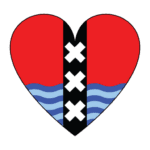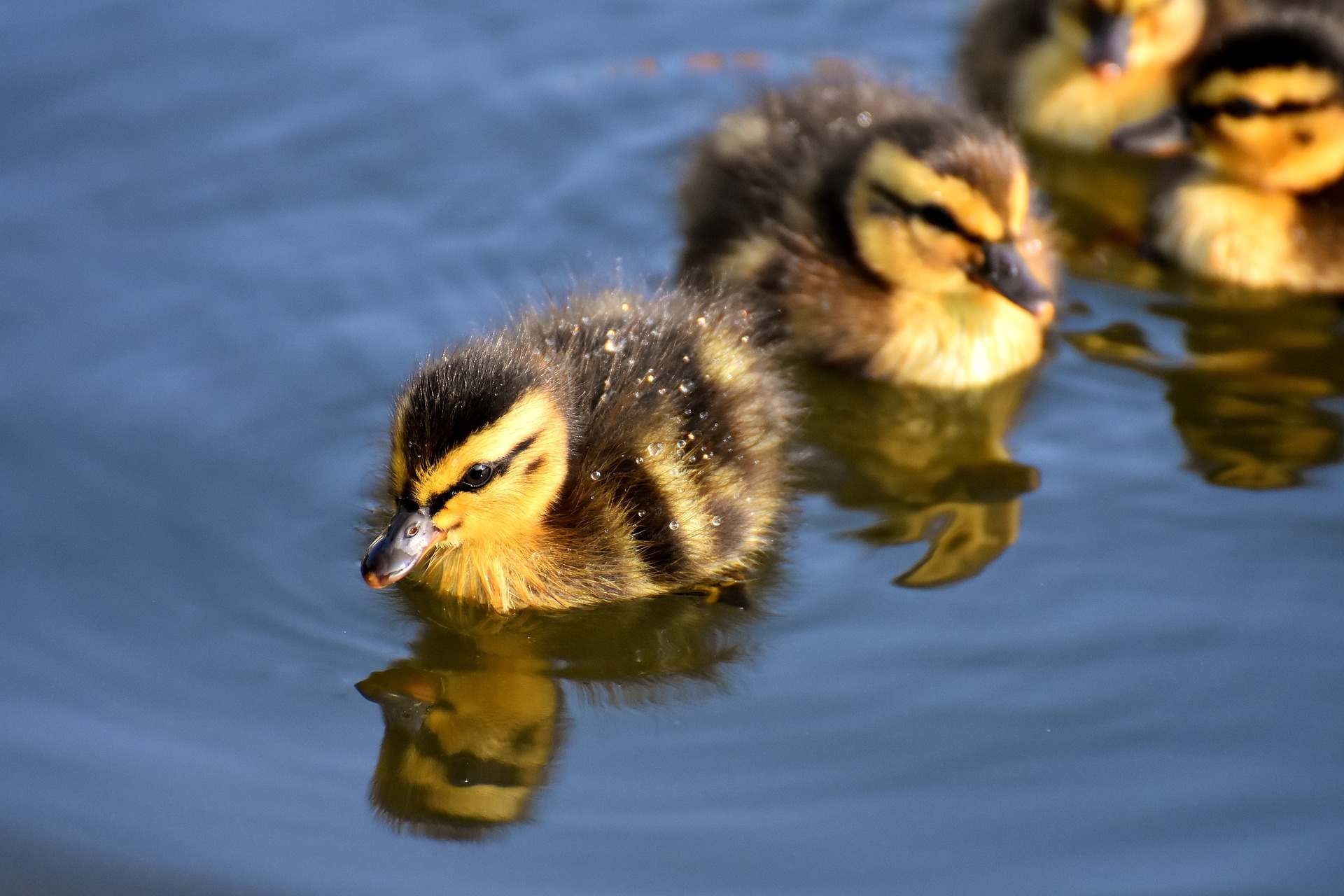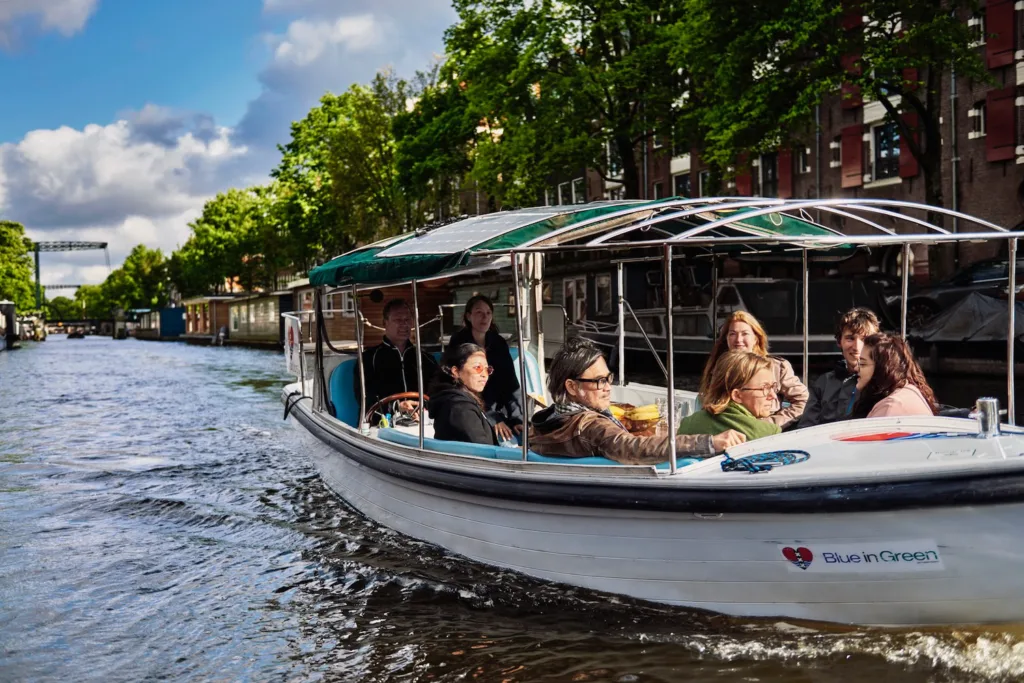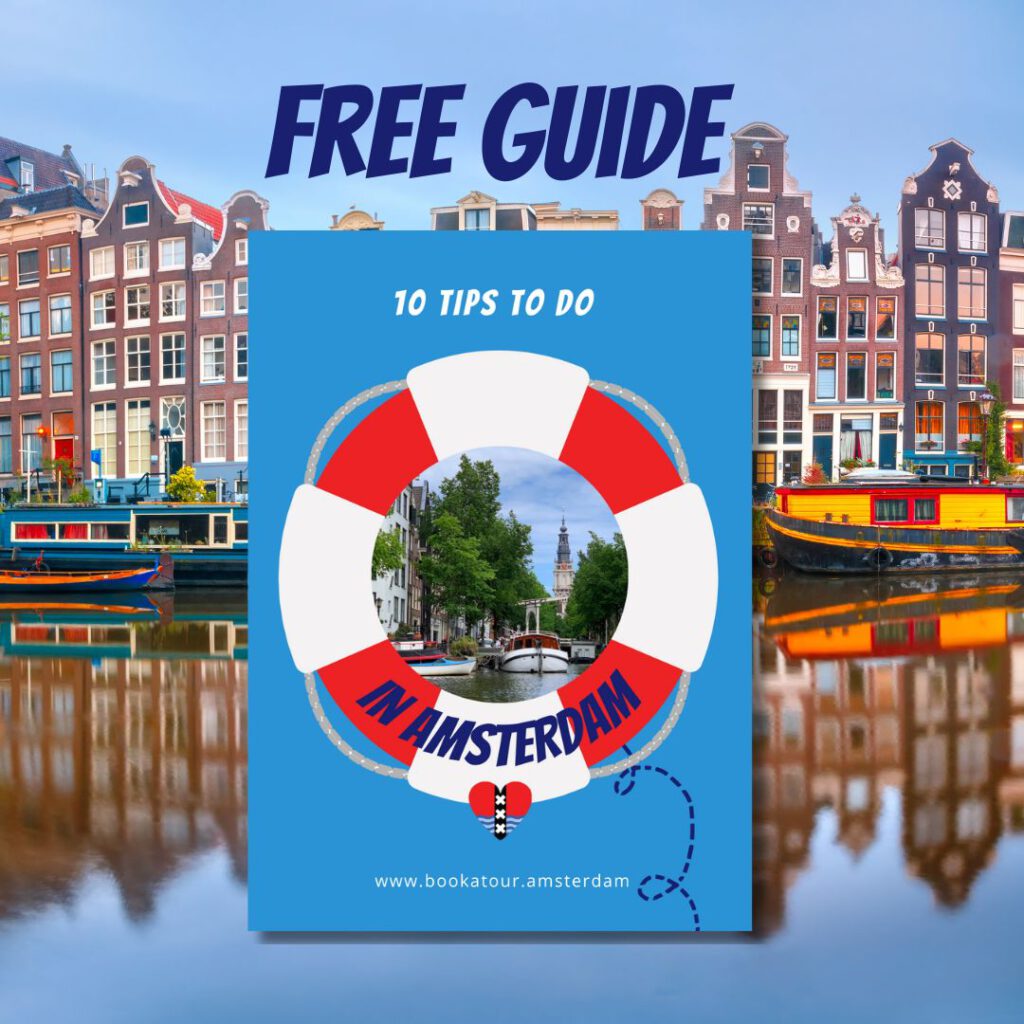Sure, the Dutch waterways are artificial and look as appetising as the trash can at a diaper-changing station, but a surprisingly large range of animals live there.
That’s for two reasons:
One, though they are entirely manmade (person made?) they’ve been around long enough that many animals have adapted to living there. It’s comparable to animals – like doves, mice, cats, rats, dogs, foxes and starlings – who’ve adapted to city living in general.
Two, the city has worked hard to keep the trash from said diaper changing stations specifically and sewer lines in general out of the water ways. Of course, that wasn’t always true. For the longest time the canals weren’t just the city’s roads but her sewers as well. But the city has been cleaning up its act for a while now.
As a result, you’re going to find a lot of different animals who claim the waterways as their homes – both above and below.
Those who dwell above – birds
For a while there, the humble pigeon also tried to join our list, by building their nests on unused boats and the nooks and crannies of bridges. The government put a stop to that plan, though. They did so by blocking off those nooks and crannies with plastic strips. So now you’ll just find water birds here.
Those are:
- Gulls: We’re on the water and near the sea. So of course, you’ll see gulls! There are a bunch of different species, including the common gull, the black-headed gull, the lesser black-backed gull and the herring gull. They live on the outskirts of the city and come in to scavenge french-fries when the waters don’t provide.
- Ducks: There are two different kinds of ducks in Amsterdam: pretty ones and ugly ones. More traditionally, they’re referred to as the Mallard and the Muscovy ducks. I wonder how people from Moscow feel about having the ugly duck named after them? What you’ll also see is people feeding them bread. Really, they should give them seeds instead, as that’s their actual diet. But feeding them bread is what everybody used to do with grandma. So, bread it is!
- Coots: These little dark birds with their white foreheads, though smaller than ducks, scare the bejesus out of them most days. That’s in part because they’re feisty and in part down to the nasty looking claws they hide just below the water’s surface. Coots serve as unofficial garbage collects – using plastic bags and other debris to build their nests.
- Swans: They look so majestic, those white birds with their long necks, don’t they? And boy, do they use it! Most days, we’ve got a few swans who come by our houseboat, tap on our window and expect to get fed. Imagine if human beggars did that?
- Geese: These incredibly territorial birds have staked out spots in parks and grassy areas, pooped all over them, and now feel the need to protect aggressively. Got woken last night by some loud honking? Then chances are some Geese were having a territorial dispute (though it could have been a Turkish football team victory).
Herons: The long-legged heron can also be found standing patiently along the waterways. They’re not much interested in our handouts, though. They prefer fish. Did you know these birds almost disappeared entirely from the Dutch landscape? Aggressive measure by the government and special nesting sites are why they’re still here.
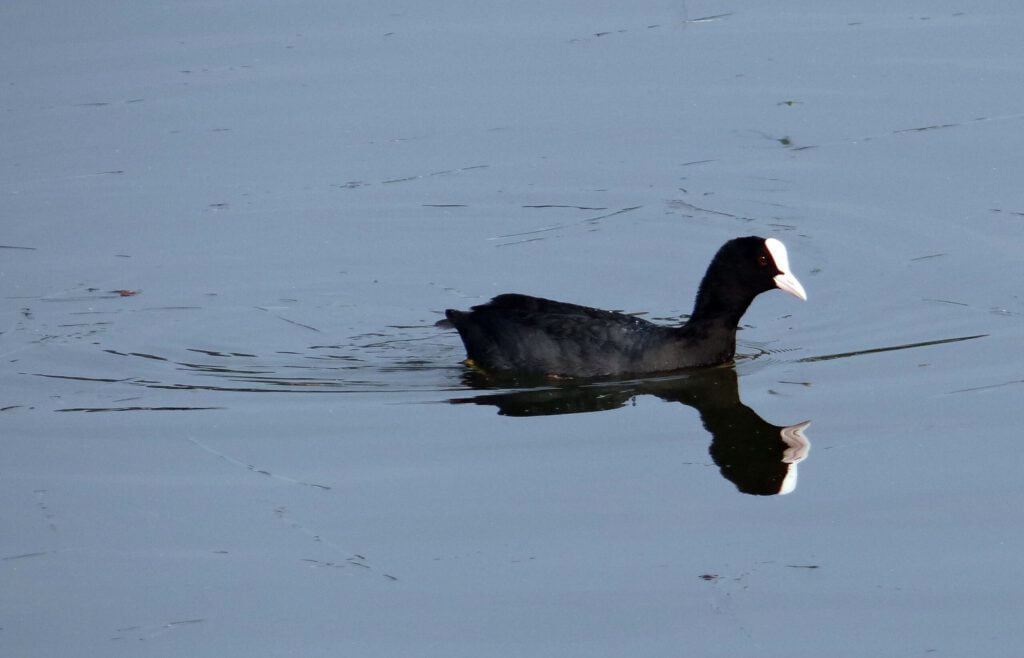
That which dwells below – fish
You’ll also find a surprisingly large amount of fish in the canals. Or perhaps you won’t, what with the water being so murky and all. But after reading this article you’ll at least know what’s out there just inches below the waterway waiting for you never to find them!
If you are curious to actually see some of the animals living in the water, you can go to Artis. They now have a display of wild life in a Dutch canal. Alternatively, if you’d like to try fishing in the Dutch canals, that’s possible too. You can pick up a permit at the post office.
Do note, if you do go this route, its’ best to throw whatever you catch back into the water as it’s not advisable to eat them.
- Freshwater Bream: As Fresh Water Breams are bottom feeders, of our list, these are probably the least likely fish you’ll see. I wonder what life is like down there, with the assorted rusting bikes and sets of lost house keys you’re liable to find down there.
- Pike: the carnivorous pike is also around in most canals. Did you know they often grow up to half a meter in Length? Yeah, that’s pretty big! Admittedly, the water conditions in Amsterdam aren’t exactly optimal as they prefer clear water, but they’re still around.
- Eel: Yup, paling isn’t just available at the fish stand! Course, they’re a little easier to catch in the fish shops. Probably a bit tastier as well. Still they’re down there, slipping and sliding away and plotting their revenge for our cannibalistic crimes.
- Carp: The Carp are well known for having exceptionally good hearing. That’s probably a good thing if you can’t see your fin in front of you nose. It also means that you’ve got to be vewwwwwy quiet if you’re hunting carp.
- Small Roach: It’s not really that surprising to find the Small Roach in our canals. This fish is very versatile and is better equipped to deal with organic pollution (isn’t that a nice euphemism?) than most. For that reason, they’re plentiful.
- Rudd: Very similar to the Roach, the Rudd is so adaptive that when it enters foreign waters it often displaces (another good euphemism) the local fish. That’s why it’s banned in much of the US. Could you say that’s part of their anti-immigrant stance? As the fish is native to Europe it’s plentiful in the Dutch waterways.
- Zander: Looking to go fishing in Amsterdam? Then you’ll probably be fishing for the Zander. As it does well in murky water, this carnivore is well suited to the canal environments. It’s also very tasty (though if you want to fish for the kitchen table, you’re better off going a little outside of the city).
- Perch: Another common angling fish is the Perch. This small carnivore will eat almost anything so you don’t have to be too picky about what bait you use. They’re small but feisty.
- Mullet: Yes, it would be cool if Mullets had Mullets. But as most fish are follically challenged, that’s unlikely to happen. On the plus side, you can actually see Mullets! That’s because they like to jump out of the water every so often – though it’s still not to show off their hairdos.
Is that it?
Hardly. There are more animals lurking down there, trying to make a living in the city’s shadows. But we’ll leave finding them up to you. There are bird watching and fish catching tours all around the city. So, it’s not at all hard to go to see what’s out there. We advise it! Particularly, if you can find a group who stick part of their money back into maintaining the Dutch wildlife – city-bound or otherwise!
It is entirely possible for us to live in harmony with nature – even in a city like Amsterdam. All we have to do is be motivated to find out how and make the spaces available for them to dwell. And doing so will make our cities more agreeable, our parks more tenable and our outings more enjoyable. Who can argue against that?
